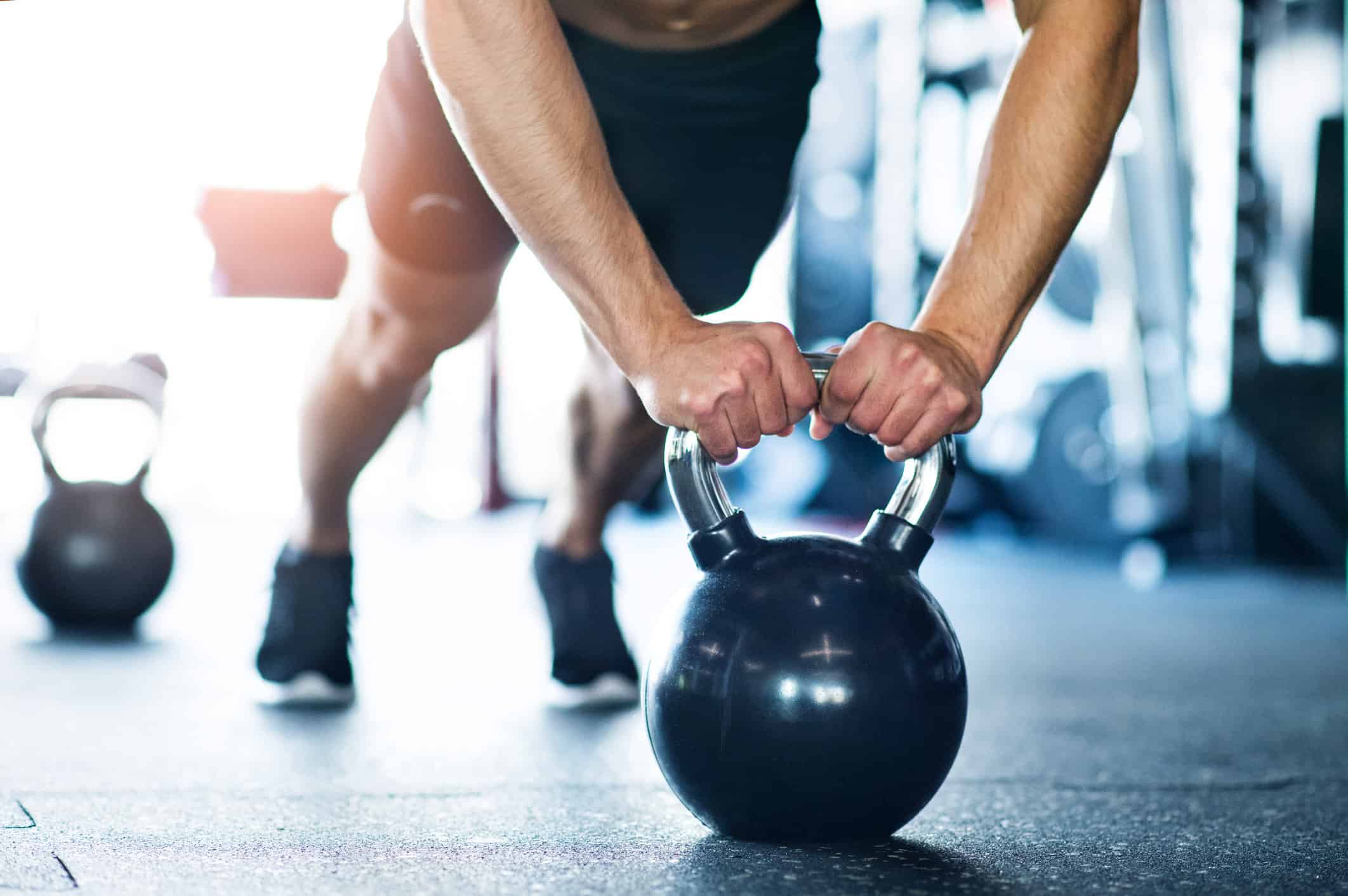How to Burn Belly Fat with Sit-Ups

Sit-ups are a common bodyweight exercise that have been touted as the secret to toned, six-pack abs. Although a great exercise when done properly, are sit-ups truly effective for belly fat?
To answer this question, we first need to break down proper sit-up technique, and learn what muscles are used when completing a sit-up.
Sit-up technique
Sit-ups are easy right? You just sit-up… Not quite! Too often, sit-ups are done too quickly or without mindfulness around what muscles are being used. This can lead to injury and inefficiency in targeting and working the appropriate muscles.
To safely and properly perform a sit-up:
- Lie flat on your back on the floor or on a mat. Bend your knees, with your feet flat on the floor, and hook your feet under an overhang/or have a partner apply some pressure to your feet.
- Place your hands behind your head/neck or cross your arms in front of your body.
- In one controlled movement, sit your chest up towards your knees bracing the abs and driving pressure through your feet.
- Once you are sitting completely upright, slowly lower yourself back down to lying flat on the floor.
To ensure you are using the correct muscles, sit-ups should be done in a controlled manner ensuring consistent activation and bracing of the abdominal muscles. If sit-ups are rushed, the larger muscles of the back can drive the movement instead of the abdominal muscles, leading to a higher risk of injuring the lower back.
What muscles do sit-ups work?
- Rectus Abdominis
- Obliques
- Hip Flexors
Rectus Abdominis
When done properly, sit-ups target three main muscle groups. The first muscle group and the main mover of the sit-up are the rectus abdominis muscles, more commonly known as the abs. The abs are vertically running anterior muscles that work to pull the ribs and pelvis towards each other, completing the movement of the sit-up. When braced properly, the abs should create a slightly rounded back or a “c” shape.
Obliques
The second group of muscles worked when doing a sit-up are the obliques. The obliques (both internal and external) are muscles that lie next to the rectus abdominis on the lateral side of the body. The obliques are mainly responsible for rotation of the trunk. During sit-ups, the obliques can help brace and pull the ribcage towards the knees.
Hip Flexors
The final group of muscles that are typically worked in sit-ups are the hip flexors, specifically the psoas muscle. Although hip flexors are not the focus of sit-ups, the long psoas muscle that connects the spine to the hip are activated during a sit-up. Care should be taken to ensure the abs are the main mover, as overworking the psoas can correlate to back pain.
Do sit-ups burn belly fat?
The long held idea that sit-ups help burn belly fat is unfortunately a myth. Given the way the body works, no specific exercise or food will allow you to target your weight loss efforts to a specific area of the body.
In reality, your body will pull from all body fat stores evenly, holding genetics, lifestyle, and environmental factors equal, based on body composition, height, weight, and metabolic health, Having said that, sit-ups can play a part in burning calories and strengthening the abdominal muscles – all things that are key to burning body fat.
How many sit-ups should I do?
Keeping in mind that sit-ups do not in themselves help you lose belly fat, a balanced approach should be used when deciding how many sit-ups to do. If you start with too many reps, the risk of using bad technique will go up. This could result in injury as the wrong muscles are being overworked.
If you are new to sit-ups, start slow, pick a number that you can comfortably do each day whether that be 5, 10, or 100. It is all up to you and what you feel is most sustainable! These reps can be completed as a part of your daily workout, in the morning before you start your day, or during commercial breaks while watching TV. Get creative with when and where you complete your reps!
Interested in learning more about ways you can use exercises like sit-ups, balanced food choices, and mindfulness to reach your goals? Want support along the way? Give Noom a try today!

